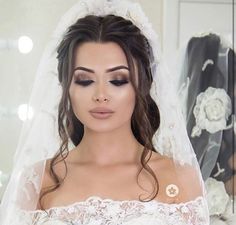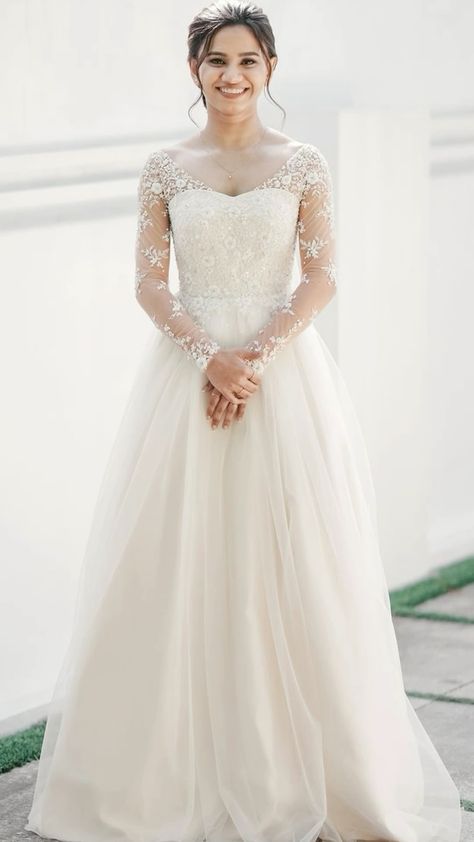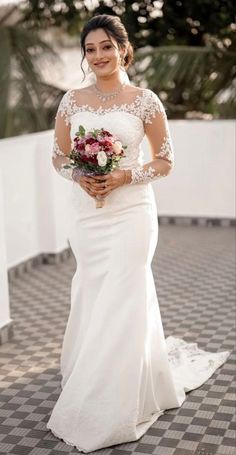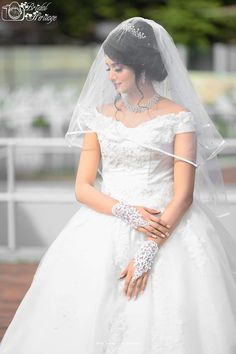Cristian Bridal
The Christian bridal attire is a reflection of elegance, grace, and tradition, infused with symbolic significance that adds depth to the wedding ceremony. Rooted in centuries-old customs and beliefs, the Christian bridal ensemble varies across different cultures and regions, yet it universally embodies timeless beauty and symbolism. In this class note, we delve into the various elements that constitute the Christian bridal attire, from the gown to the accessories, and explore the rituals and customs associated with Christian weddings.

Attire: At the heart of the Christian bridal ensemble is the wedding gown, a symbol of purity, beauty, and the bride’s transition into a new phase of life. Traditionally, the wedding gown is white, symbolizing purity and innocence, although modern brides often choose gowns in different colors to suit their personal style. The gown can vary in design and style, ranging from classic ball gowns to sleek mermaid silhouettes, each tailored to accentuate the bride’s beauty and personality.
Accompanying the wedding gown is the veil, a symbol of modesty and reverence, which holds deep religious significance in Christian weddings. The veil is often worn over the bride’s face during the ceremony and is lifted by the groom, symbolizing the unveiling of the bride and the beginning of their marital union.

Jewelry: Christian brides adorn themselves with a variety of jewelry, each piece carrying its own symbolism and significance. The wedding ring, exchanged between the bride and groom during the ceremony, is a symbol of their eternal love and commitment to each other. Additionally, many Christian brides wear earrings, necklaces, and bracelets, often passed down through generations, as a symbol of familial love and heritage.
Hairstyle and Makeup: The hairstyle and makeup of the Christian bride are chosen to complement her wedding gown and enhance her natural beauty. Many brides opt for timeless hairstyles such as elegant updos or cascading curls, adorned with delicate hair accessories like tiaras or hairpins. Makeup is typically soft and romantic, with emphasis on enhancing the bride’s features while maintaining a natural, glowing complexion.

Accessories: In addition to the veil and jewelry, Christian brides often incorporate other accessories into their bridal ensemble. A bouquet of flowers, carried by the bride down the aisle, symbolizes fertility, new beginnings, and the beauty of marriage. Some brides also wear a garter, a traditional garment worn around the thigh, which is often removed by the groom during the reception as a symbol of good luck and fertility.
Rituals and Customs: Christian weddings are steeped in rituals and customs that hold deep religious significance and add meaning to the ceremony. One of the most iconic rituals is the exchange of vows, where the bride and groom publicly declare their love and commitment to each other in the presence of family and friends. Another important ritual is the lighting of the unity candle, symbolizing the merging of two lives into one.

Conclusion: In conclusion, the Christian bridal ensemble is a beautiful reflection of tradition, symbolism, and love. From the elegant wedding gown to the meaningful rituals and customs, each element of the Christian bridal attire contributes to the beauty and significance of the wedding ceremony. As Christian weddings continue to evolve with modern influences, the timeless allure of the bridal ensemble remains a cherished symbol of love, faith, and unity.

